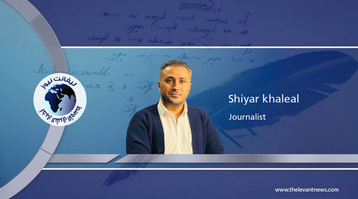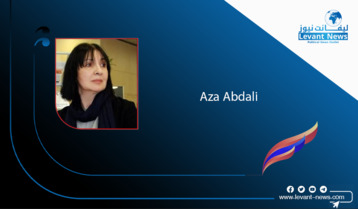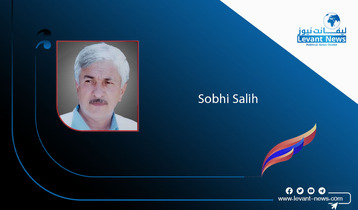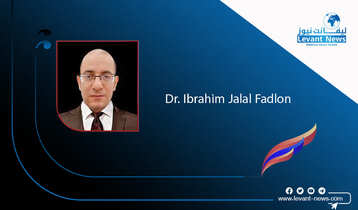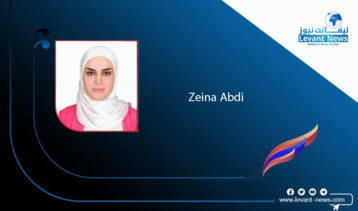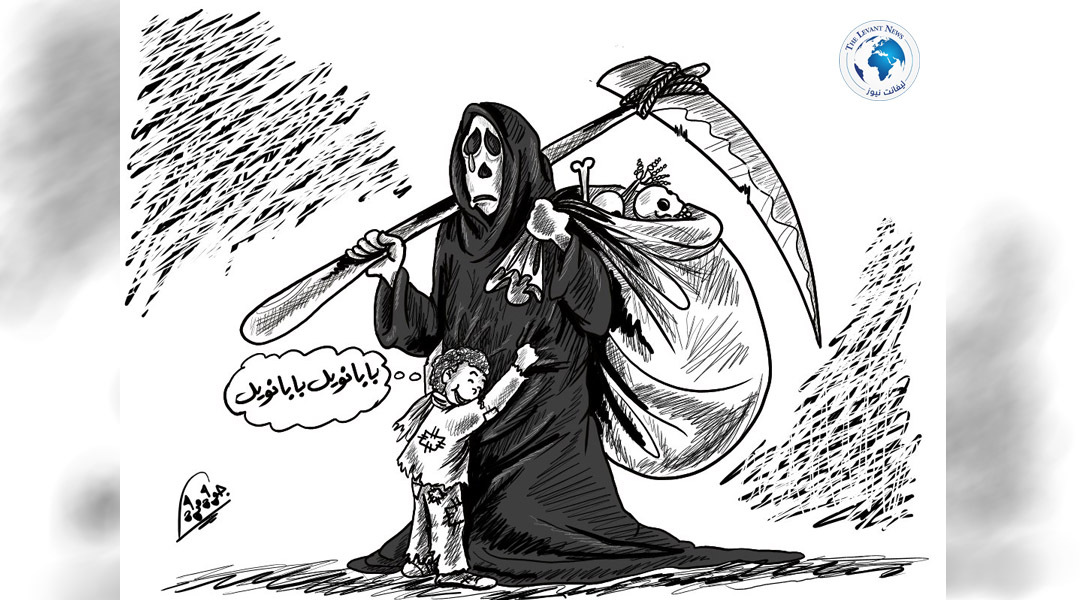-
The Iranian Regime Caught Between the Fear of Public Anger and the Pressure of the International Community
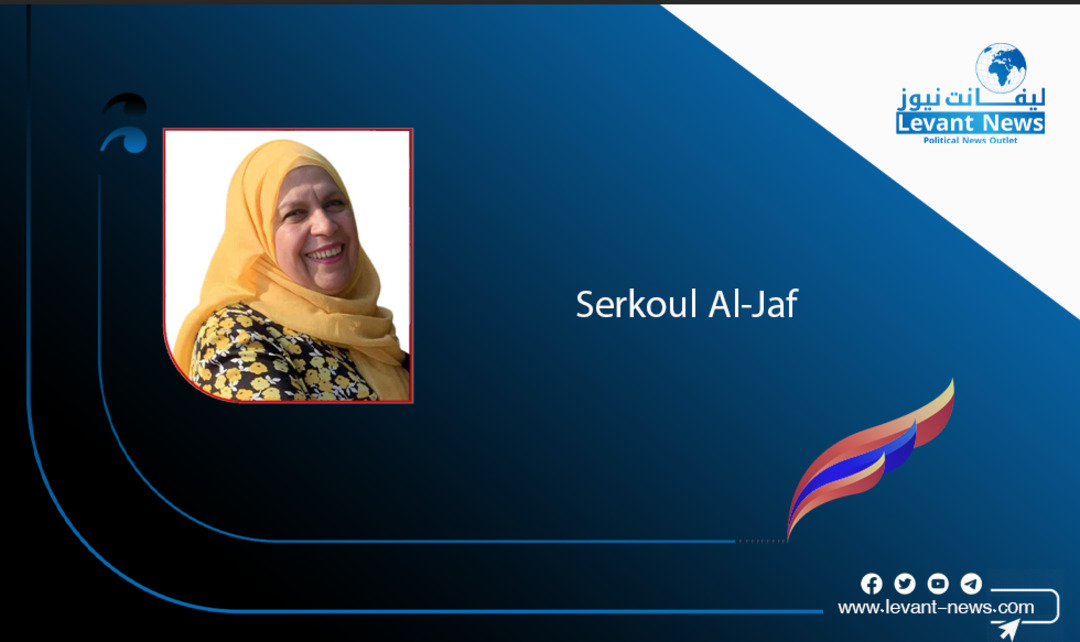
The determination of thousands of free Iranians, organized resistance, and their supporters to raise their voices against the theocratic regime, exposing its crimes during protests in New York on September 23 and 24, 2025, continues to grow. These demonstrations demand the overthrow of the mullahs’ regime, which is currently facing its worst crisis due to diplomatic and military failures. This situation worsens with the reactivation of the trigger mechanism and former President Trump’s announcement of his intent to destroy Iran’s nuclear program, placing the regime before a multidimensional strategic crisis. Recent rapid developments have revealed a catastrophic diplomatic failure, a changing military reality, and deep internal unrest.
Furthermore, the convergence of escalating popular resistance and the regime’s worsening crises on the international stage paints a picture of a isolated regime in a state of confusion and lacking options, confirming that the moment for change in Iran is closer than ever.
With the full reimposition of international sanctions via the trigger mechanism, the weaknesses of the Iranian regime are exposed. In a desperate attempt to avoid total isolation, the regime made an offer to Europeans, as revealed by The Wall Street Journal. Tehran proposed reducing or removing its enriched uranium stockpile of 60%, in exchange for a European agreement not to activate the trigger mechanism, guarantees from the U.S. not to launch a military attack, and the annulment of UN Security Council Resolution 2231. However, this offer, which Abbas Araghji described as “serious,” was rejected by the three European countries, considering it “unsatisfactory.” The rejection was due to the proposal’s failure to include any new commitments for cooperation with the International Atomic Energy Agency and its aim to strip the West of influence in exchange for limited concessions, indicating Tehran’s lack of genuine intent to reach a real solution while maintaining its controversial nuclear program.
This diplomatic failure coincided with U.S. President Donald Trump revealing details of the military operation targeting Iranian nuclear facilities. Trump confirmed on September 19, 2025, that the operation “prevented a potentially catastrophic war” and that Iran’s nuclear program was completely destroyed by B-2 bombers and submarine-launched missiles. These statements were not mere military bravado but reflected the true context of recent events: Iran was negotiating from a position of weakness, not strength, having its program dealt a severe blow. This explains Trump’s desperate offer and the Western stubbornness in response. It also shows that Iran was pretending to be strong while suffering consecutive blows.
Domestically, official reactions to the reimposition of sanctions revealed chaos and contradictions. While regime leader Masoud Beshkian attempted to downplay the impact, saying, “We will not die because of Snapback,” referring to relations with neighboring countries and blocs such as BRICS and Shanghai Cooperation Organization, Mahan Moghaddam, his spokesperson, called for support for Khamenei, pointing to the depth of internal crisis and fears of escalating conflicts and popular protests. Meanwhile, a parliament member threatened to close the Strait of Hormuz, admitting that the regime’s problems stem from “lack of vision for the future of the nuclear deal,” an implicit acknowledgment of leadership failure.
This series of setbacks culminated in the humiliating withdrawal of the regime’s attempt to submit a resolution to the International Atomic Energy Agency condemning attacks on nuclear facilities. The regime’s representative justified this delay, while the U.S. delegate described it as stemming from fears of overwhelming rejection, highlighting the regime’s international isolation.
Ultimately, the Islamic Republic finds itself today caught between diplomatic failure, confirmed military defeat, and internal unrest, placing it in one of its weakest positions on the global stage.
These successive crises, from Trump’s announcement of destroying its nuclear program to its failure to avoid triggering mechanisms, clearly indicate that its end is approaching.
On the other hand, the popular legitimacy side, free Iranians are protesting in New York to deliver a clear message to the world and the international community, which remains distant from supporting the Iranian people and holding the ruling regime accountable. The message is that: the Iranian people will not surrender, and this criminal regime will be changed. They emphasize that the third solution is no to war, no to concessions, and yes to regime change by the people and organized resistance. This is the only way for Iran to become free, democratic, and non-nuclear.
Serkoul Al-Jaf – Iraqi Kurdish Writer
Tags
You May Also Like
Popular Posts
Caricature
opinion
Report
ads
Newsletter
Subscribe to our mailing list to get the new updates!

